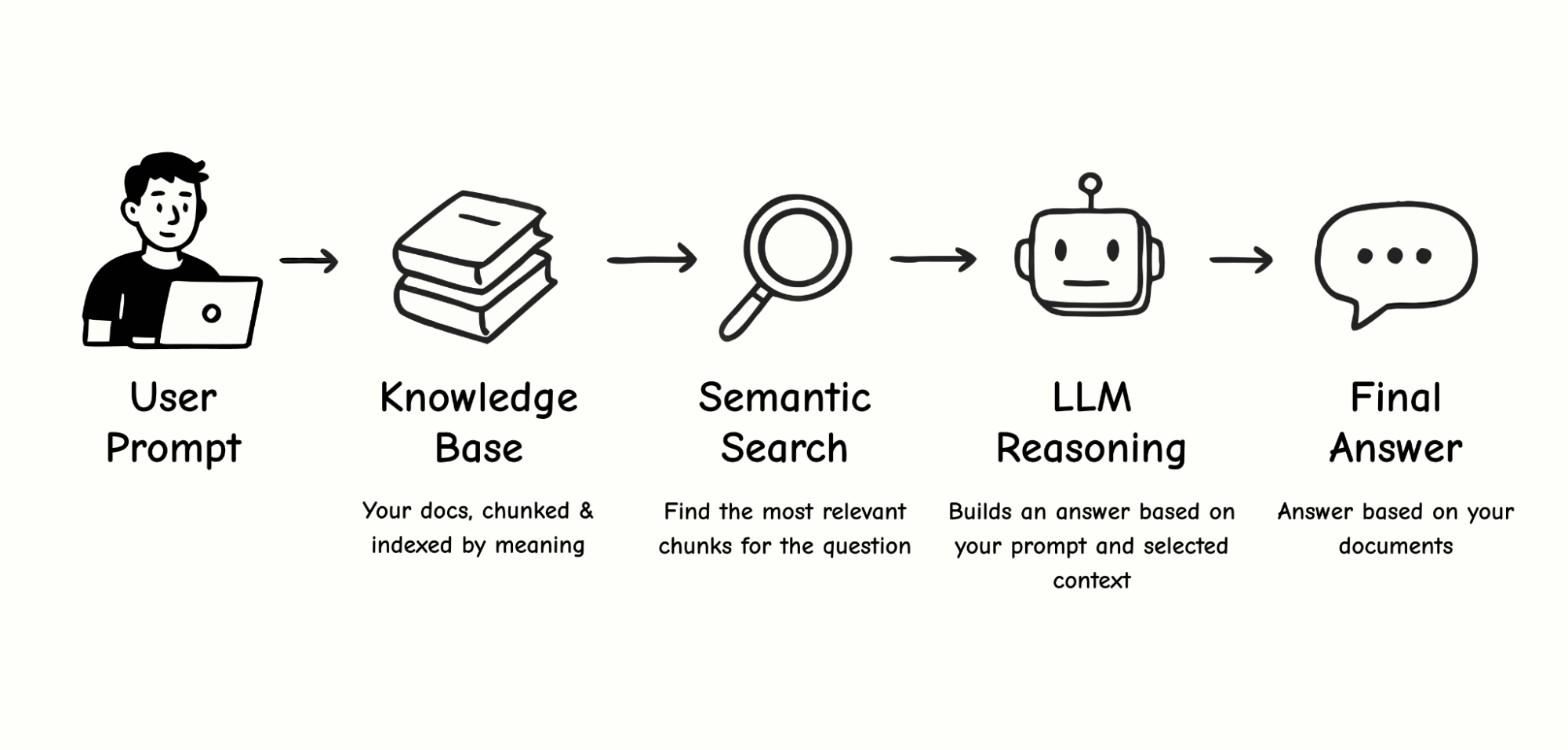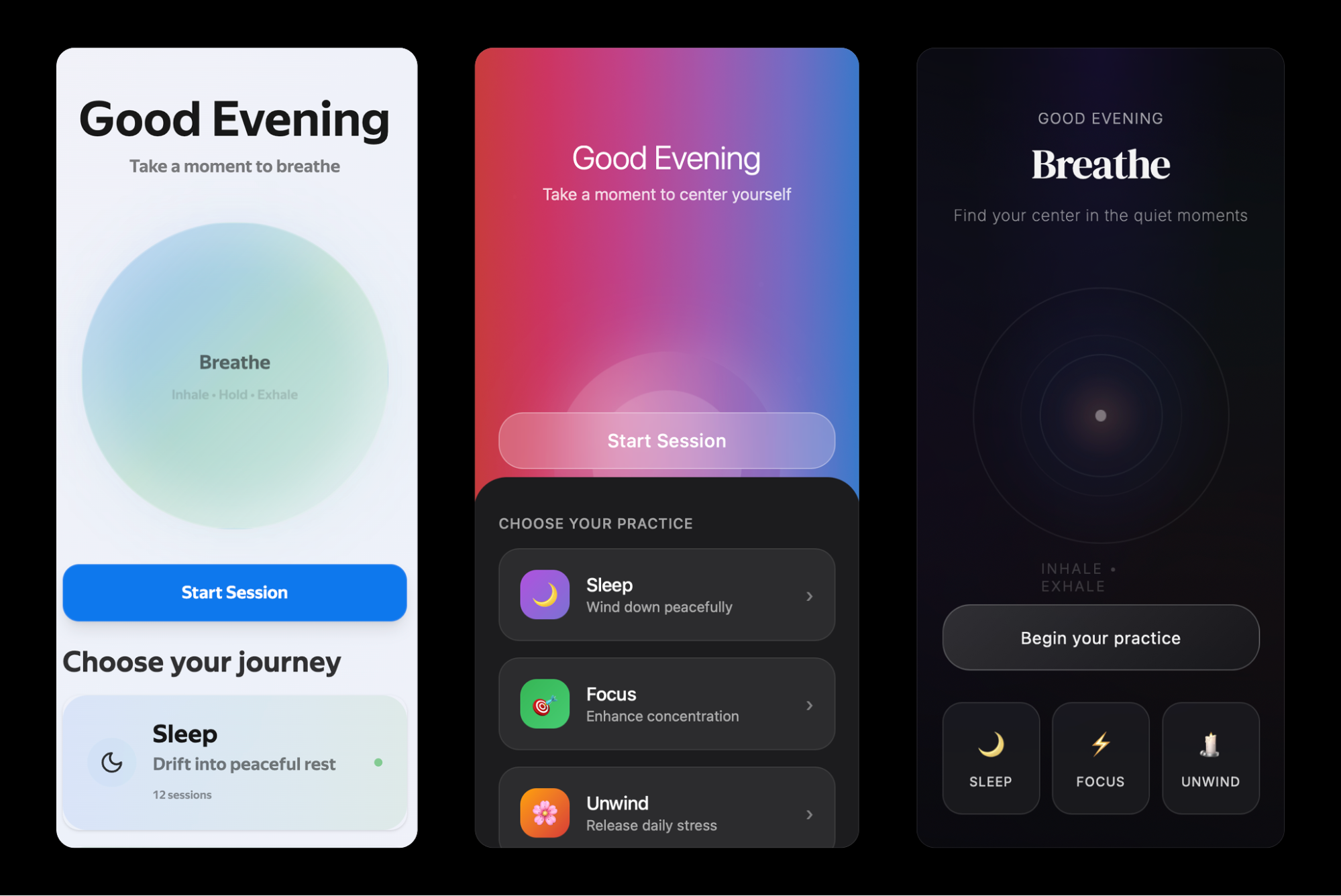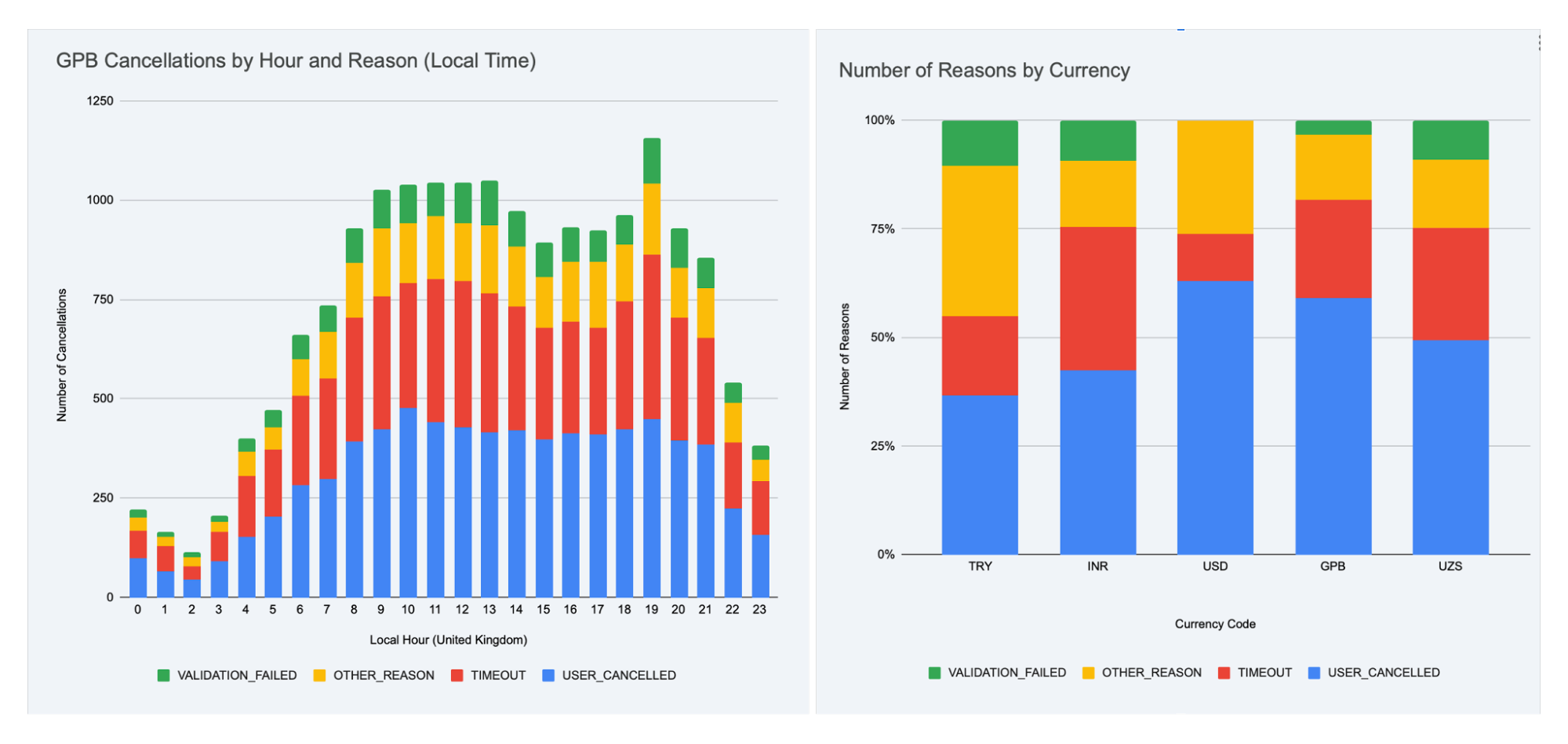Original Source: https://www.hongkiat.com/blog/wordpress-minimalistic-themes/
Not everyone appreciates complexity in design. Extravagant banners, sliders, and various elements can detract from your content. A minimalistic, uncluttered site design lets your work take center stage, unencumbered by unnecessary embellishments. These streamlined themes are ideal for presenting your work neatly and clearly.
That’s precisely why this compilation highlights 40 sleek and minimalistic WordPress Themes suitable for a range of purposes including blogging, portfolios, photography sites, magazines, corporate sites, and more, catering to diverse preferences. This selection includes:
20 Premium Minimalist Themes
20 Free Minimalist Themes
These ensure a clean, minimalistic site that loads quickly and is favored by search engines like Google.
Premium Minimalist Themes
Acerola

Acerola offers a fully responsive design that adapts to various website needs, such as agency, creative studio, and business sites. Its professional appearance is enhanced by clean aesthetics and engaging parallax effects. Users can easily tailor the theme to their requirements, thanks to its extensive customization options. Key features include a drag-and-drop page builder, a slider for eye-catching images, and WooCommerce support for e-commerce functionality.
The theme also provides one-click data import, live customization, and sharp retina-ready displays. Additionally, it is ready for translation and supports WPML for creating multilingual sites. Responsive customer support is available to assist users.
Preview theme
Cafariva

Designed for coffee shop businesses, Cafariva is a minimalist theme that simplifies website creation when used with the Elementor Page Builder for WordPress. It works best with the Hello Elementor theme but fits well with any Elementor-compatible theme.
Cafariva enables a no-code customization process through a drag-and-drop interface, giving you control over fonts, colors, and design elements. Its professional design is not only sleek but also optimized for quick loading, providing a seamless user experience.
Preview theme
DashBag

With DashBag, you can effortlessly build a fashion store website using WordPress and Elementor. This theme features a modern, responsive, and retina-ready design that simplifies the creation process without the need for coding. It includes 10 customizable templates alongside 18 section templates, all embracing a sleek and minimalist aesthetic.
DashBag works seamlessly with Elementor’s free version and incorporates Google Fonts. The designs are crafted to display beautifully across desktops, laptops, and mobile devices. Plus, users benefit from responsive support provided by a committed team, making website customization and usage straightforward.
Preview theme
Famita

Famita offers a clean and simple design suitable for eCommerce stores, including those selling furniture, clothes, tech, and accessories. It enhances the user experience with straightforward Theme Options for customization, such as changing Google fonts without any coding. The theme ensures your site looks great on all devices with its responsive design.
It’s compatible with WooCommerce and features multiple homepage options, AJAX for a smoother shopping experience, quick product views, and a wishlist. Famita also supports multiple languages through WPML, provides different blog layouts, and comes with a selection of color schemes. Social media integration, a custom 404 error page, and demo content are included to help you get your store up and running quickly.
Preview theme
Gute

Designed for Elementor, Gute is a WordPress theme that suits a range of publishing websites, including news portals, magazines, personal blogs, and editorial platforms. It’s built to work seamlessly with Elementor Pro, which is required for its full range of features. Customization is straightforward, allowing you to tailor your site to your needs.
The responsive design ensures optimal viewing on different devices and browsers. However, before you can take advantage of Gute’s capabilities, you’ll need to install a few plugins: Elementor, Themesflat Addons for Elementor, ElementsKit Lite, and WooCommerce.
Preview theme
Inez

Designed for creatives, Inez is ideal for showcasing work through a multi-page portfolio. Photographers, designers, and artists can choose from several portfolio layouts and project templates, including grid and masonry styles. The theme smartly adjusts grid item sizes to display images perfectly. It works with WordPress 4.4+, is fully responsive, and integrates seamlessly with Bootstrap 3.
Inez simplifies the setup process with one-click demo installation and offers customizable grid spacing and video project features. It’s SEO-friendly, boasts a clean interface, and provides access to over 700 Google Fonts. The theme is also translation-ready with WPML, includes a custom CSS field, over 2000 premium icons, and supports threaded comments. Users benefit from regular updates and comprehensive support documentation.
Preview theme
Lixer

Designed for creative portfolios, Lixer offers a modern, clean, and minimalist look that captures the audience’s attention. It’s fully responsive, ensuring a seamless display across all devices.
With the Elementor Page Builder, creating pages is a breeze thanks to its drag-and-drop functionality, streamlining content management. Built on the Bootstrap 4.x Framework, Lixer guarantees a mobile-friendly experience. The one-click demo importer simplifies the setup process, allowing for fast and effortless customization of your website.
Preview theme
Munfarid

With a modern, minimalist design, the Munfarid Blog theme is perfect for bloggers and online retailers using WooCommerce. It’s crafted to meet the latest standards, ensuring your website looks sleek and professional. Munfarid supports the Gutenberg editor, streamlining the site-building process and preparing you for WordPress 5.0. This theme is responsive, easy to customize, and doesn’t require any coding.
It comes packed with features including a robust admin interface, multiple header styles, and customizable title areas. Engage visitors with video and call-to-action elements. The one-click demo import, various blog layouts, and different logo options for headers enhance your site’s flexibility.
Plus, it offers a full-screen menu, a side menu area, and built-in search functionality.
Preview theme
Pekko

Designed for dark portfolio websites, Pekko offers a sleek and minimalistic look that pairs well with the Elementor page builder for easy customization. Enjoy quick loading times thanks to its lightweight design, and captivate your audience with smooth animations and standout typography.
This theme comes with drag-and-drop functionality, a responsive design, and Ajax content loading for a seamless user experience. It’s ready for translation, supports multiple languages, and is easy to customize. Comprehensive documentation and cross-browser compatibility make Pekko a reliable choice for your website project.
Preview theme
Pioneer

Designed with a minimalist approach, Pioneer caters to developers, designers, bloggers, and creatives looking for a user-friendly WordPress theme. It simplifies the process of creating both business and personal websites with over 65 pre-made demos and more than 15 homepage styles that work for multi-page and one-page sites.
The theme ensures your content is easy to read and looks great on any device, thanks to its responsive design. With Pioneer, you get a modern portfolio, various e-commerce shop layouts, and the advantage of SEO-friendly clean code.
Preview theme
Saara

Designed with bloggers in mind, the Saara Minimalist WordPress Blog theme offers a sleek, artistically crafted interface that adapts beautifully across devices. Choose from six distinct home page demos to find the perfect style for your content. The gallery page comes alive with a variety of layouts, including video posts and diverse image information placements, ensuring an engaging visual experience for your audience.
Preview theme
Sassoft

Sassoft offers a sleek, responsive design that’s ready for high-resolution displays and easy to tailor using Elementor’s intuitive drag-and-drop interface – no coding needed. This template kit includes 10 versatile templates and 18 sections, all editable with Elementor, even with its free version. It incorporates Google Fonts at no extra cost, ensuring a stylish and minimalist look that adapts flawlessly to different devices.
With Sassoft, you get a smooth design process and dedicated support to help you build a polished business website effortlessly.
Preview theme
Signy

SIGNY combines functionality with ease of use to improve the reader’s experience. Its unique layouts and clean, minimalist aesthetic are enhanced by a selection of widgets. For bloggers looking to sell products, SIGNY includes tailored shopping layouts.
The theme is optimized for speed, ensuring quick loading times, and offers a range of post styles to clearly communicate your message. It’s also fully responsive, making your content easily readable on any device.
Preview theme
Unero

Unero offers a minimalist AJAX WooCommerce theme tailored for online shopping experiences. With a focus on a clean aesthetic and highlighting products, it aims to boost the appeal of e-commerce sites and increase sales.
This theme is ideal for a range of online stores, including fashion, furniture, and home decor. It includes WooCommerce integration, a variety of plugins, customizable settings, a mini cart, and multiple widgets for enhanced functionality. Unero ensures a mobile-friendly layout, advanced product filtering, and an integrated order tracking system.
It also provides comprehensive tax and shipping settings, a coupon system, and detailed store reports to effectively manage your online business. SEO-friendly features and tools for customer engagement, such as product ratings and reviews, are also part of the package.
Preview theme
Zuka

This theme simplifies the process of building a unique website with its 10 diverse demos that can be combined to your liking. You can choose from over 10 header layouts, and various footer and blog designs.
It includes a range of portfolio and testimonial layouts, a ‘coming soon’ page, and one-page website support. The theme is ready for high-resolution displays, speed-optimized, and compatible with right-to-left languages and maintenance mode. Customization is a breeze with its robust admin panel. It comes bundled with premium plugins such as Slider Revolution and WPBakery Page Builder. Y
ou can set different logos for different site versions, and it’s equipped for custom post types and social sharing. The theme offers extensive page options, including parallax backgrounds and Google Maps. A child theme is provided for safe updates, and the package includes demo content with real images.
Preview theme
Moleez

Enhance your online store with Moleez, a minimalist WooCommerce theme that puts your products front and center.
Ideal for fashion, furniture, and decoration e-commerce sites, Moleez comes with a mobile-friendly design and an intuitive page builder powered by Elementor. Enjoy the convenience of a built-in mega menu, multiple header and footer layouts, and premium features like advanced navigation and product variation swatches.
With WooCommerce integration, Moleez streamlines the selling process, offering AJAX product filters, quick view options, and an Ajax Canvas Cart for an improved shopping experience. The theme also boasts a one-click demo importer, endless category layouts, free shipping thresholds, catalog mode, instant search autocomplete, a “Buy Now” button, 360-degree product views, Instagram shop features, and adaptive images to speed up loading times.
Preview theme
Free Minimalist Themes
Activello

Activello offers a minimalistic design for bloggers, ensuring a mobile-friendly experience with its Bootstrap foundation. It features a clean layout enhanced by high-quality graphics, custom widgets, and a fullscreen slider to showcase your content with style. Ideal for food, travel, and fitness blogs, this theme works seamlessly with key WordPress plugins such as WooCommerce and Yoast SEO.
It’s built with SEO in mind, boasting quick load times and a search engine-friendly structure. The development team encourages user feedback and suggestions through their support forums or X to continually refine the theme.
Preview theme
Astra

Astra caters to a wide range of websites such as blogs, portfolios, business sites, and e-commerce platforms. Its design focuses on speed and efficiency, boasting a minimal frontend size of under 50KB for faster load times. The theme enhances your site’s visibility on search engines with built-in Schema.org code and AMP compatibility.
It works seamlessly with popular page builders like Elementor and Divi, allowing for easy customization. Astra supports WooCommerce, adapts to any device, and is ready for right-to-left language use. You can also translate it into various languages. Expand its functionality with premium add-ons and benefit from consistent updates. Created by Brainstorm Force, Astra provides a reliable base for building your website.
Preview theme
Blocksy

Blocksy is a fast, lightweight WordPress theme built for high customizability and seamless integration with the Gutenberg editor. It enables users to craft a wide array of website types, from business and e-commerce to education, dining, and blogging. With support for leading page builders such as Elementor and Beaver Builder, users enjoy a smooth website creation experience.
This theme is optimized for mobile devices, ready for translation, and designed with SEO in mind. It works perfectly with WooCommerce to help boost your sales. Keep in mind, for optimal performance, it’s best to use Blocksy with modern browsers, as it may not function well on older ones like Internet Explorer 11.
Preview theme
Blog Way

Designed for bloggers, Blog Way offers a simple and clean aesthetic. It adapts seamlessly to different devices, perfect for blogs, travel sites, informative content, and lifestyle coaching. Customize your site’s colors to match your brand, and take advantage of the author profile widget and social media links to connect with your audience.
Plus, with WooCommerce compatibility, Blog Way is ready for e-commerce use.
Preview theme
Bricksy

Bricksy offers a modern block-based design for WordPress users, free of charge. It combines traditional aesthetics with a user-friendly structure. You’ll find a range of block patterns in the demo, all customizable with a simple drag-and-drop editor. This feature makes it easy to arrange and tweak elements to fit the requirements of your project.
Preview theme
IKnowledgeBase

Designed for crafting Knowledge Base, Helpdesk, Wiki, or FAQ websites, this WordPress Theme emphasizes simplicity and speed. Its minimalistic and responsive design guarantees smooth operation on mobile devices. Organizing categories on the homepage is straightforward, and user-friendly navigation is enhanced with breadcrumbs. A custom widget also allows for easy navigation within categories or specific posts, improving the user experience.
Preview theme
Intuitive

Intuitive caters to corporate and business websites with a user-friendly interface and a responsive design that adapts seamlessly to all devices and browsers. Customization is a breeze, even for those without coding skills, thanks to features like Featured Content, Slider, Hero Content, Portfolio, Services, and Testimonials that elevate your site’s functionality and look. This theme suits a range of websites, from corporate to blogs and portfolios, and is translation-ready to reach a global audience. Intuitive provides a simple yet professional solution for establishing your online presence.
Preview theme
Minimalist Blog

Designed for bloggers who cover topics ranging from travel and personal stories to technology and fashion, the Minimalist Blog theme offers a user-friendly experience with straightforward customization options. Its minimal and elegant design ensures a clean, modern aesthetic that looks great on all devices, from mobile to desktop.
With a focus on content presentation, this theme also prioritizes SEO efficiency for faster loading times and an improved user experience.
Preview theme
New Blog Jr

With New Blog Jr, your articles shine in a clean and straightforward layout. This minimalist WordPress theme is a free child theme derived from the parent theme, New Blog. It focuses on simplicity, ensuring your content is the star of the show. Check out the demo to see it in action.
Preview theme
Nokke

Designed for agencies, portfolios, personal sites, and online stores, Nokke offers a minimalist aesthetic that emphasizes content. With the Elementor page builder, users can easily craft custom layouts through intuitive drag-and-drop. This theme comes with a variety of home page designs, headers, footers, a mega menu, and a product builder for a tailored online presence. Customize your site with a selection of color schemes, widgets, and animations, all manageable via a customizer panel.
Nokke’s clean and professional look is perfect for establishing customer trust and highlighting products, all while maintaining a user-friendly experience.
Preview theme
PortfolioX

Portfolio X offers a sleek, minimalistic design ideal for crafting a professional portfolio. This premium WordPress theme responds seamlessly to different devices, ensuring your work looks great on any screen. It’s a perfect fit for freelancers, designers, developers, photographers, and other creatives looking to showcase their talents
. Additionally, it’s well-suited for personal blogs, business sites, and online stores. While the core theme is free, enhanced features and dedicated support are available through paid upgrades. Portfolio X is regularly maintained, with the latest version 1.0.6 released on September 21, 2023, and it requires PHP version 5.6 or higher. Currently, it powers over 300 active installations.
Preview theme
Pure

Experience a clean and elegant online presence with the Pure WordPress Theme. This theme is perfect for showcasing portfolios or blogs, providing a modern and professional appearance with a minimalist design. It emphasizes content with a well-structured layout, capturing visitors’ attention on the essentials. Enjoy a fast and flexible website, thanks to WordPress’s powerful features.
The theme includes a dropdown menu, customizable header, and a grid portfolio layout with filter options. It supports various blog styles and comes with sleek typography, an About Page, and a 404 Error Page. Check out the Live Demo to see the theme in action.
Preview theme
Simple ResponsiveBlogily

Designed for bloggers, journalists, and writers, Responsive Blogily caters to a range of topics from entertainment to lifestyle. It’s SEO optimized with clean coding for quick load times. This theme provides plenty of space for Google Adsense and other advertisements.
It works seamlessly with Beaver Pagebuilder, making it easy to craft business portfolios, landing pages, and single-page websites.
Preview theme
SKT Minimal

Embrace simplicity with SKT Minimal, a WordPress theme that boasts a clean and minimalist aesthetic. Perfect for interior design, architecture, photography, and creative portfolio websites, it also fits the needs of software, consulting, furniture, digital content, and infographic sites.
With over 120 pre-designed templates, this theme integrates seamlessly with Elementor, allowing for swift website construction. It’s user-friendly and includes detailed documentation for effortless setup.
Preview theme
Square

Square responds fluidly to all devices and web browsers, ensuring a mobile-friendly experience. It leverages the WordPress Customizer for real-time edits, catering to business, corporate, digital agency, blog, portfolio, photography, and magazine websites. With WooCommerce support, it’s ready for online sales and plays well with multilingual plugins such as Polylang and WPML.
It also meets RTL and Retina display requirements, boosts search engine visibility, and integrates with community plugins like bbPress and BuddyPress. Square comes ready to deploy with a previewable demo.
Preview theme
Suffice

Designed for a range of websites such as business, construction, food, apps, gyms, magazines, one-page layouts, photography, and portfolios, Suffice is a WordPress theme that combines style with functionality. It comes with more than 10 ready-to-use starter sites, making it easy to get your website up and running quickly.
Preview theme
Superb eCommerce

Superb eCommerce caters to online stores of all kinds, from shops to boutiques. It works flawlessly with WooCommerce and Easy Digital Downloads, and is compatible with major block, widget, and page builders. This theme features a clean, minimal blog for content creators and supports the sale of both digital and physical items.
It’s fully responsive, SEO-optimized, and GDPR compliant, offering local font support. With Superb eCommerce, setting up a dropshipping affiliate store or marketing products via affiliate programs is a breeze, making it suitable for a wide range of markets, including fashion and interior design.
Preview theme
Superb Pixels

Superb Pixels caters to bloggers, journalists, and content creators with its sleek and simple design that emphasizes imagery and text. While it’s presented as a food blog theme, it’s suitable for a range of topics including lifestyle, health, travel, and fashion. This user-friendly theme is great for beginners and facilitates content sharing.
It’s fast, SEO-friendly, and ready for monetization with AdSense and affiliate marketing. For e-commerce enthusiasts, it integrates with WooCommerce and Easy Digital Downloads, and it’s compatible with major page builders. Superb Pixels also complies with GDPR for user data protection.
Preview theme
VW Minimalist

Designed for writers, bloggers, and businesses seeking a professional online presence, the VW Minimalist theme caters to a broad spectrum of content, from fashion critiques to technology discussions. It’s ideal for agencies, freelancers, and personal coaches. With its responsive design, users enjoy a seamless experience on any device or browser.
The theme incorporates modern features such as CSS animations, sticky posts, and Call To Action buttons for enhanced user engagement. Built on the reliable Bootstrap framework, it ensures secure and efficient HTML code performance.
Users can easily customize their sites with the intuitive control panel and extend functionality with plugins like Contact Form 7 and WooCommerce for e-commerce capabilities and improved interaction.
Preview theme
The post 40 Streamlined WordPress Themes for Simplicity appeared first on Hongkiat.




![]()




















































































